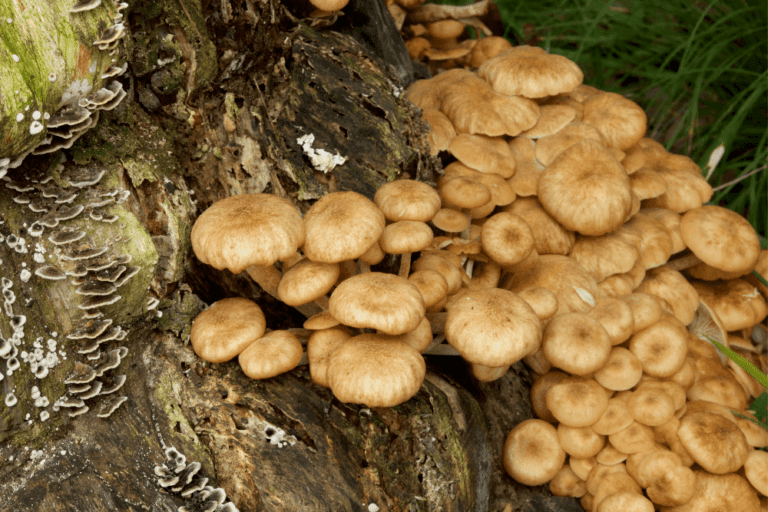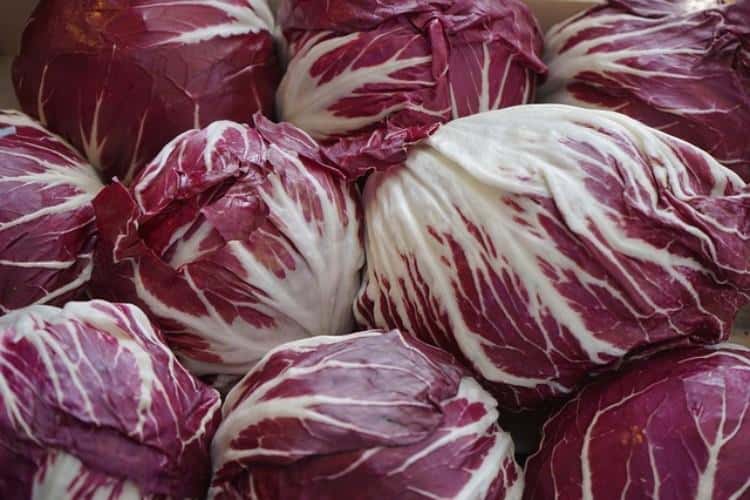Common Types of Garlic: A Helpful Guide
Garlic can be divided into two types: Softneck and hardneck. Softneck types tend to be touchier to extreme climates and grow smaller bulbs with numerous small cloves. Hardneck varieties stand up well to cold climates and produce large bulbs but fewer cloves.
Both varieties grow in much the same way, but have slightly different temperature needs and planting and harvesting schedules. Softnecks have shorter growing seasons, whereas hardnecks take longer to mature, but produce larger bulbs. Softnecks can usually be stored for at least a month or two longer than hardneck varieties.
Softneck Garlic
Softneck garlic varieties tend to be more reliant on optimal weather conditions for growth and yield. They will grow best in milder climates, like regions with mild winters and hot summers.

Most softneck varieties take less time to mature than hardneck varieties, and they are thought to be able to store longer.
This is mostly because softneck garlic bulbs are usually smaller than hardneck garlic. However, they contain significantly more, smaller cloves that can be irregular in shape. Softneck garlic bulbs can grow between eight and thirty cloves. Garlic experts say that softneck garlic tends to have subtler, but traditional, garlic flavors than hardneck garlic.
Silverskin
Silverskin garlic is one of the most common softneck varieties to plant. It has a few sub-species, like Silver White and Silver Rose. Silverskins are harvested late in the season and thrive in mild winters. Silverskin is one of the most common types of garlic found in grocery stores because of its long shelf-life.
Most Silverskin varieties have mild flavor, but a few can have a slight spice that increases the longer the garlic is stored. Silverskin garlic bulbs usually have between 12 and 20 cloves.
California Early
California Early softneck garlic is one of the early harvesters of the season. Its bulbs are medium in size and produce about 10 to 16 cloves. California Early garlic does best in mild winters, with a season ranging from October to June. This variety is one of the easiest to grow and produce and has an excellent storage time of six to eight months.
People enjoy California Early garlic for all-around cooking use. It tends to have a mild garlic flavor with a small amount of spice.
Western Rose
Western Rose is another popular softneck variety for its exceptional storage life and low maintenance during its growth season. It’s also one of the most common types to use for garlic braiding, should this be the way you choose to store, or decorate with, your garlic bulbs.
The Western Rose cloves are very irregular in size, with smaller cloves surrounded by larger cloves. You’ll find between six to ten cloves per bulb. Western Rose is a late-season garlic and is usually planted during October or after.
Artichoke
The Artichoke softneck variety of garlic was, historically, the most common variety found in grocery stores, but now have become less common. They are still a favorite to grow by commercial farmers because they’re easy to plant, grow, and harvest and their bulbs tend to be on the large size of the scale.
Artichoke garlic can have between 12 and 20 cloves, with several small cloves within larger cloves. They have a mild garlic taste for excellent use in cooking.
Hardneck Garlic
Hardneck garlic varieties can typically withstand more extreme weather conditions than softneck varieties. Gardeners in colder regions usually choose hardneck varieties of garlic because they tend to grow better than softneck varieties in colder soil.
Hardneck garlic grow bigger bulbs and cloves, but have a fewer number of cloves than softneck garlic. The cloves of hardneck garlic bulbs tend to be more regular in size and shape. Garlic experts claim that hardneck garlic varieties can have more unique and complex flavors that can actually represent the areas in which they were grown.
Korean Red Hot
Korean Red Hot is a commonly-grown hardneck garlic variety that grows best through cold winters and harvests in the early summer months. It typically stores well into winter after harvesting. It isn’t one of the longest-storing garlic varieties because its wrappers are thin and come off easily, leaving the cloves unprotected.
Korean Red Hot bulbs usually have eight or nine large cloves uniform in size. The cloves have a bold, garlic flavor garlic enthusiasts love.
Siberian
The Siberian hardneck garlic is one of the most unique in flavor and health benefits. Its mild flavors help to enhance foods like soup, dips and stir-fries without overpowering other ingredients. The cloves also caramelize during roasting, which gives them a unique flavor in cooked dishes.
The Siberian variety has health-boosting benefits because of its levels of allicin, which helps regulate cholesterol and circulation and supports the immune system.
Siberian garlic has between five to nine large cloves. It grows best in cold winters, but can be grown in warm climates, too. Siberians are recommended for planting in December and can be harvested in the summer.
Turkish Giant
As its name suggests, the Turkish Giant produces very large bulbs with bold flavor. Its size it what draws both gardeners and cooks to this garlic variety. The Turkish Giant produces about six to eight large cloves of uniform size.
The Turkish Giant stores well, between seven to nine months, making it perfect for those who wish to produce large amounts of garlic to save, and use, through the year. Its bold garlic flavor provides a strong flavor from a small amount used in cooking and baking.
Blanak
Blanak garlic produces a spicy garlic flavor that garlic connoisseurs agree is one of the most garlic flavors. It is one of the most popular varieties for numerous cooking uses.
Blanak garlic is one of the best varieties for gardeners new to planting and growing garlic because of its hardiness in cold weather conditions. It continues to grow strong even in harsh winters and requires little maintenance. You can plant Blanak in the fall for an early to late summer harvest.
Photo by Christian Ries licensed under GNU 1.3..





![Best Small Greenhouses (Ultimate Guide [year])](https://properlyrooted.com/wp-content/uploads/2022/10/image00-46-1-768x532.jpg)
